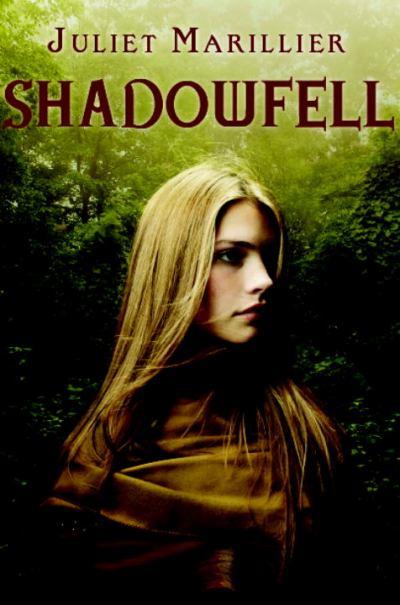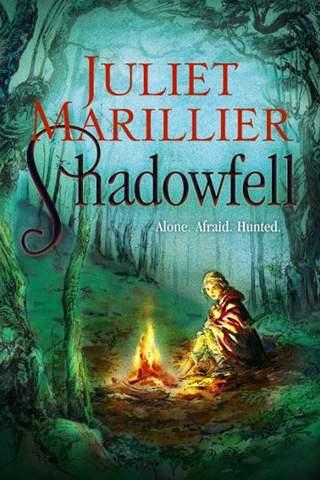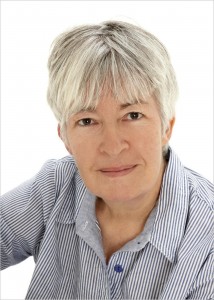Ask dedicated readers of fantasy, and epic fantasy in particular, what makes a book special for them, and I’d guess a majority would place good world-building high on the list. I’m talking about novels in which the secondary world is so well realised and so expertly woven into the story that the reader becomes immersed in it within the first few pages: a world that’s convincing, consistent and fascinating. Its parameters and its quirks won’t be set out for us in long passages of descriptive exposition, but will be integral to the plot and will emerge as the story unfolds.
Many fantasy worlds are loosely based on medieval Europe – horse transport, sword fights, kings and queens. Some are more exotic, like the version of feudal Japan that provides the setting for Lian Hearn’s Tales of the Otori. A writer who knows her history can play boldly with it, as Jacqueline Carey does in her Kushiel’s Legacy series. Some worlds have in-built anachronisms, as in steampunk; some add extras to known history (Naomi Novik’s Temeraire series does the Napoleonic wars with dragons.) Since we’re talking fantasy, it’s often a world in which systems of magic are a key plot element – think Garth Nix’s Sabriel series or the Britain of Hogwarts.

My novels are generally classified as historical fantasy – they contain elements of the uncanny, but they are set in ‘real world’ times and places. Known world events, such as Viking voyages to the north of Scotland or merchant trading between Romania and Turkey, take place in the background while the (fictional) story of the book unfolds. I do almost as much research for each book as I would if I were writing a straight historical novel – history, geography, flora and fauna, culture, language. And most important of all, mythology and folklore, since that’s where the fantasy elements of my books begin. I’ve written eleven adult novels and two books for young adults more or less on this model.
My new novel, Shadowfell, steps outside that framework. It’s the first book I’ve chosen to set in a ‘made-up world’.
So how did I go about creating this world? You won’t need to delve too deep to work out that the uncanny characters of the Shadowfell series, the Good Folk, are based on Scottish folklore, and that the realm of Alban is an alternative, magical version of ancient Scotland. History it ain’t. It’s a Scotland that never was, in which men and women mingle with a race of magical beings who inhabit the high mountains, the lonely lochs and the deep caves; a Scotland steeped in the uncanny. The map of Alban does resemble the Great Glen area, but it’s not a perfect match by any means. The human characters’ names are a blend of Scots and Pictish; the clans of Good Folk take their names from nature so, for instance, the mountain clan are named for Scots alpine plants – Hawkbit, Woodrush, Twayblade – and the fighting clan of the north, whom we meet in the second book, have names like Stack, Grim and Scar. The Good Folk speak Scots dialect – I must have absorbed a lot of the language growing up in Dunedin, New Zealand, as those characters’ speech pretty much wrote itself.

Creating the world of Shadowfell was deeply rewarding; a bit like going home after half a lifetime away. But for me a compelling story and engaging characters are far more important than world building. In Shadowfell, I set out to write a story about being brave when your world is falling apart; about finding your strength when you are at your very lowest; about having hope when you’ve suffered more blows than you can count. The protagonist, Neryn, starts the story alone, penniless and on the run. She’s not a ballsy superwoman; she’s tired, hungry and afraid. Alban is in the grip of a tyrant. It’s a place where speaking out for justice means your door gets kicked in and your family dragged away in the middle of the night. It’s a place where a magical gift such as Neryn’s must be hidden if a person wants to survive. It takes phenomenal courage to stand up to that kind of repression. Shadowfell is about finding that kind of courage.
Juliet has a copy of Shadowfell to give-away to an Australian or New Zealand reader.


Juliet, I’ve loved your style since the first Sevenwaters book. Can’t wait to read this one.
Ditto. You are a wonderful storyteller and weaver of great fantasy novels. I love the historical aspects and the fact that although your books may be outaworldly there is still a familiarity about them.
I love all your books way too much 🙂 Or maybe just the right amount.
If I could visit any imaginary world, it would be one of the safer ones – which leaves Sevenwaters right out, sadly. Probably one of the more forward-thinking planets in Lois McMaster Bujold’s Vorkosigan Saga.
My copy of Shadowfell is coming soon! I can’t wait! I’d love to visit the sevenwaters world. That would be nice. Especially if I could be as lucky as Sorcha to meet the good fae!
I can’t wait to read Shadowfell! I’ve been a huge fan of Sevenwaters since I picked Daughter of the Forest up in the local library. All my friends subsequently got a copy for their birthday 😛
If I could pick an imaginary world to live in, it would be the one in Kate Elliott’s Spiritwalker trilogy- who could resist an alternate Europe ‘icepunk regency’ world filled with the descendants of dinosaurs, a culture rich with African-Celtic-Roman influences with a mix of the Caribbean!
If I could be in any imaginary world, it would be Rivendell from the Lord of the Rings. The description is so scenic!
I want to visit Pern. Largely for the dragons but it would be great seeing how the society changes thanks to the access to the newly rediscovered tech at Landing
I’ve always thought the world of the Belgariad would be a interesting and varied place to visit. Of course, I’d have Belgarath as my guide to make sure I’m okay.
I love the way ‘Daughter of the Forest’ is built so believably on such a beautiful fairy tale, but my favourite book of the Sevenwaters series would have to be ‘Son of the Shadows’ – it’s difficult to think of a stronger heroine than practical Liadan, who can perform an amputation or tell a story to a bunch of brigands without losing her composure or her common sense. The historical period in which it’s set isn’t terribly appealing for a visit, though, in fact most medieval settings aren’t! If I could visit an imaginary world, any world I liked, I would make it a grand tour through the kaleidoscope of Patricia A. McKilllip, starting in the mysterious city of Ombria and ending in the ruins on Bone Plain. The difficult part would be making me leave.
Would have to be Obernewtyn! Hopefully visiting this world would also entitle the visitor to the amazing abilities and mind mutations that this world offers.
Pingback: On world building and how to avoid the “info-dump” « EM Castellan